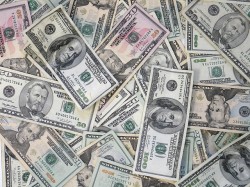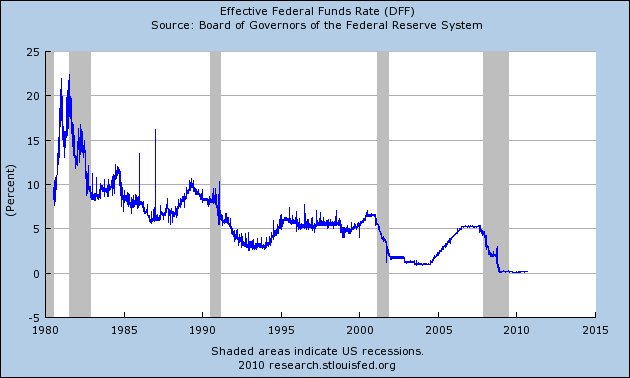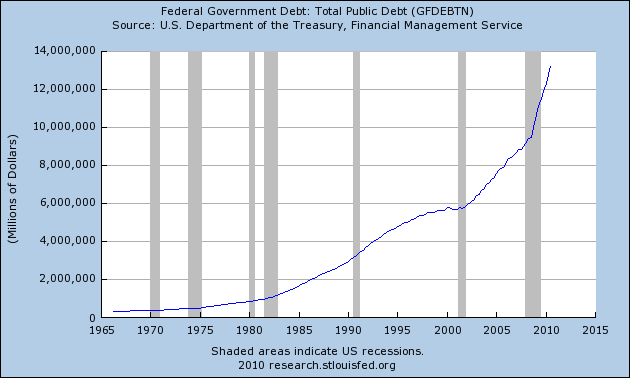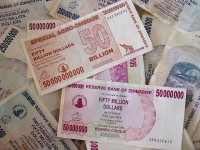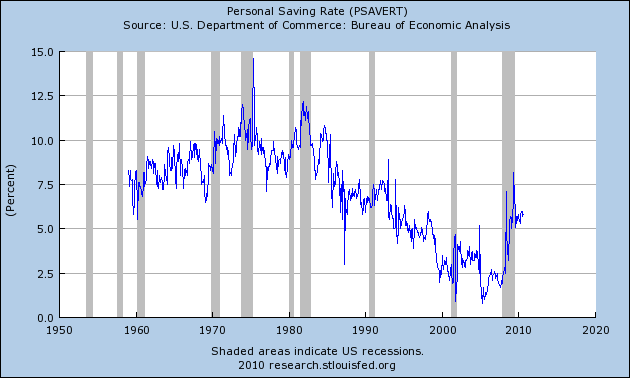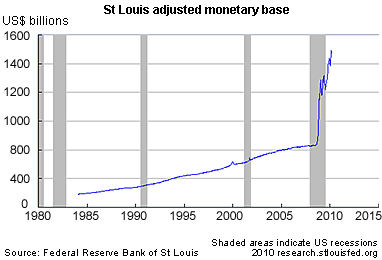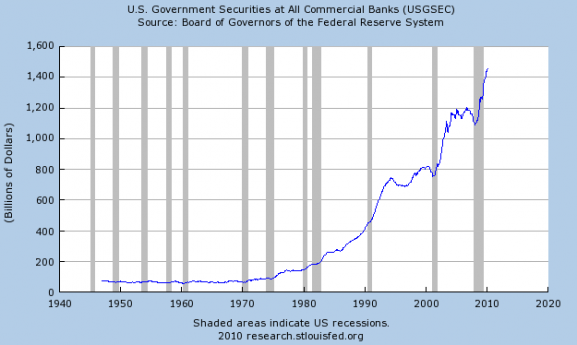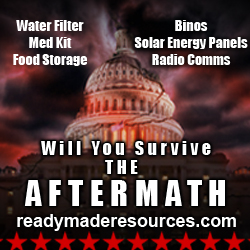 Well, it was nice while it lasted. One of the really good things that came out of the recent economic downturn was that millions of American families decided to get out of debt. In particular, we had seen a sustained trend of reduced credit card usage in the United States. It looked like Americans had finally wised up. But we should have known that Americans would not be willing to tighten their belts forever. Unfortunately, it appears that getting out of debt is no longer so “trendy”. In fact, the month of December was the third month in a row in which consumer credit grew in the United States. Prior to that, consumer credit in the United States had declined for 20 months in a row. The American people were doing so, so good. Why did they have to stop? It appears that the American people have fallen off the wagon and have gotten a taste for credit card debt once again. This time, however, the credit card companies are back with interest rates that are higher than ever. In fact, one national credit card company has hundreds of thousands of customers signed up for a card that charges interest rates of up to 59.9%.
Well, it was nice while it lasted. One of the really good things that came out of the recent economic downturn was that millions of American families decided to get out of debt. In particular, we had seen a sustained trend of reduced credit card usage in the United States. It looked like Americans had finally wised up. But we should have known that Americans would not be willing to tighten their belts forever. Unfortunately, it appears that getting out of debt is no longer so “trendy”. In fact, the month of December was the third month in a row in which consumer credit grew in the United States. Prior to that, consumer credit in the United States had declined for 20 months in a row. The American people were doing so, so good. Why did they have to stop? It appears that the American people have fallen off the wagon and have gotten a taste for credit card debt once again. This time, however, the credit card companies are back with interest rates that are higher than ever. In fact, one national credit card company has hundreds of thousands of customers signed up for a card that charges interest rates of up to 59.9%.
59.9%?
You mean there are people that are stupid enough to actually sign up for a credit card that will charge them 59.9% interest?
Unfortunately the answer is yes.
In fact, the top rate was 79.9% before First Premier Bank lowered it.
These cards are targeted at Americans that have a poor credit history, and these days there are a whole lot of those.
A recent story on the website of CNN described how large numbers of U.S. consumers with poor credit are gobbling up credit cards like these. Unfortunately, many of these consumers are also not smart enough to realize what they are getting into. The CNN story contained a quote from a woman who was in complete shock when she discovered that her interest rate was going to go up by 50 percentage points….
“I about had a heart attack when I got a disclosure notice saying that my starting rate of 29.9% was going up to 79.9%.”
First Premier Bank has since lowered the top rate on those cards to 59.9%, but that it still completely outrageous.
Not only are the interest rates on those cards super high, but they also charge a whole bunch of fees on those cards as well. The following are some of the fees that First Premier Bank charges….
*$45 processing fee to open the account
*Annual fee of $30 for the first year
*$45 fee for every subsequent year
*A monthly servicing fee of $6.25
So you would think that nobody in their right mind would ever sign up for such a card, right?
Wrong.
CNN is reporting that almost 700,000 Americans have signed up for the card.
Ouch.
In fact, CNN says that First Premier Bank gets between 200,000 to 300,000 new applications a month for the card, but that they only open about 50,000 new accounts each month.
Are there really this many Americans that are this gullible?
If Americans would just remember the “DBS” rule they would be so much better off.
DBS = Don’t Be Stupid
Do you know how long it would take to pay off a credit card with a 59.9 percent interest rate?
Just a 20 percent interest rate is bad enough.
According to the credit card repayment calculator, if you owe $6000 on a credit card with a 20 percent interest rate and only pay the minimum payment each time, it will take you 54 years to pay off that credit card.
During that time you will pay $26,168 in interest rate charges in addition to the $6000 in principal that you are required to pay back.
Ouch!
The number one piece of financial advice that most of the “financial gurus” give is that you should get out of credit card debt – particularly credit card debt that has a high interest rate.
Unfortunately, 46% of all Americans carry a credit card balance from month to month today.
According to the United States Census Bureau, there are approximately 1.5 billion credit cards in use in the United States.
Of U.S. households that have credit card debt, the average amount owed on credit cards is $15,788.
This is how the bankers enslave us.
We end up paying them 3, 4 or even 5 times as much as we originally borrowed.
Month after month after month we slave away to make them wealthy.
So how do you stop this vicious cycle?
You quit buying stuff that you can’t afford!
Unfortunately, the vast majority of Americans have never received any formal training on how to manage finances.
Most of us were never taught any of this stuff in school. Most of us were totally unprepared when the financial predators started preying on us in college. Most of us got sucked in and spent years and years trapped in credit card debt.
When you carry a balance from month to month you are willingly signing up to become a debt servant to the big banks. They get rich while you suffer.
The sad thing is that the mainstream media is pointing to increased credit card spending as a sign that the U.S. economy is getting back to normal.
But gigantic mountains of debt is what got us into all of this trouble in the first place.
Average household debt in the United States has now reached a level of 136% of average household income.
In China that figure is only 17%.
Obviously, we have a massive, massive problem with debt in this country.
Cranking the debt spiral back up is not going to cause the economy to recover.
Well, the profits of the big banks might recover, but the rest of us will suffer.
If you want to be financially free, then it is time to pay off your credit card debt and get off the debt payment treadmill for good.
The entire global economy is on the verge of collapse, so now is a great time to renounce consumerism. Instead, we need to be preparing ourselves and our families for the hard times that are coming.
So what do you all think about the outrageous interest rates that the credit card companies are charging these days? Feel free to post your thoughts in the comments section below….
